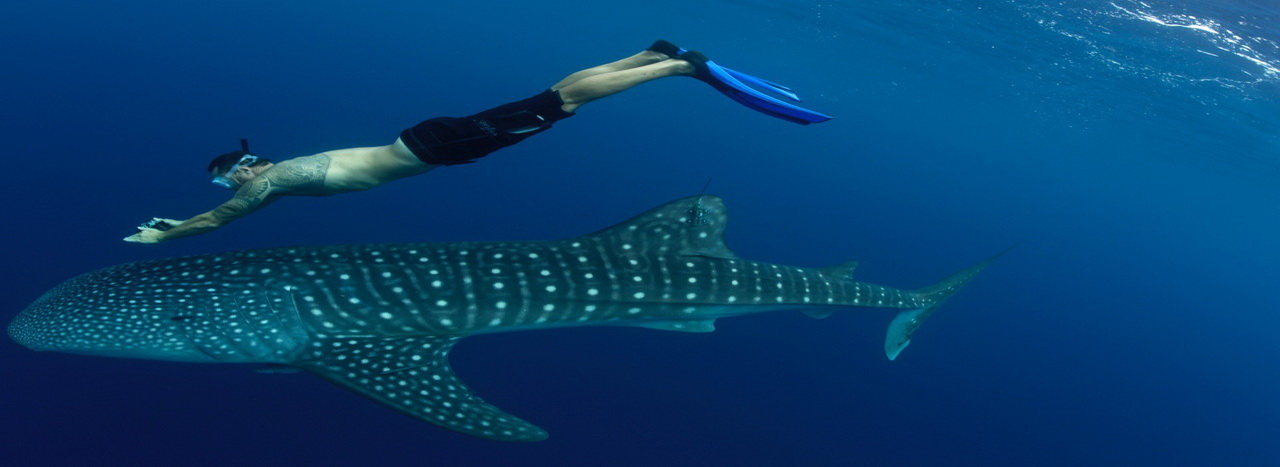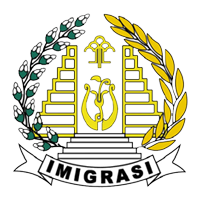
Cenderawasih Bay Whale Sharks
Apologies to those of you to whom this will not be of interest, but I'd like to quickly share with you an update on Cenderawasih Bay (West Papua) whale sharks that you may find useful. As many of you may be aware, my organization (Conservation International) has been working with the Ministry of Marine Affairs and Fisheries to conduct satellite tagging of both manta rays and whale sharks to better understand their movement patterns within Indonesia - particularly to get a handle on whether they are migrating via "hotspots" of hunting activity (such as Lamakera and Tanjung Luar in NTB) and if they are in fact frequently leaving Indonesian waters altogether. We anticipate soon being able to release a report on the results of the manta ray tagging to date (in Raja Ampat, Komodo, Nusa Penida and Sangalaki) that may be of interest to many of you - hopefully within next 1-2 months.
In the meantime, the whale shark tagging in Cenderawasih and Triton Bays has been more challenging, as the towed satellite tags have tended to get "snagged" when the sharks swim close to the bagans and their nets. Indeed, if you look at the state of the art for shark satellite tagging around the world with everything from Great Whites and Tigers to Blues and Blacktips and Caribbean reef sharks, the standard approach is to use "fin mount" satellite tags whereby the satellite tag is actually mounted directly on the dorsal fin (bolted through it) - which ensures the tag doesn't cause significant drag or get tangled. To do this, the sharks are usually caught by long-line, pulled up to a research boat, and then either anaesthetized or turned upside down to put them into a state of "tonic immobility" before the researchers drill holes through the fin and mount the satellite tag. The dorsal is generally believed to not be innervated, so there is reportedly no pain associated with this mounting technique. At any rate, this approach has never been done with whale sharks previously, as it is of course highly unlikely to catch them on a long line and they are far too large to pull up on a boat deck. However, we recently were successful in working with the BBTNTC Cenderawasih National Park authority and Ministry of Fisheries to deploy 5 fin-mount satellite tags on Cenderawasih whale sharks, utilizing the fact that the sharks are frequently caught in the bagan nets at night and are very docile and subdued until they are released from the net. We operated on 5 sharks that were caught in the nets at night, and these five sharks are now happily swimming around Cenderawasih and transmitting daily data on their whereabouts and their diving behaviour. Not surprisingly, they have all remained in the Kwatisore region since tagging last week.
At any rate, I wanted to let you know that there are now 5 sharks with these fin-mount satellite tags on them, in order that you know to expect this if you go to Cenderawasih and your guests ask about this. We plan to leave these tags on the sharks for a year or more (depending on how battery life is looking and if they are still resisting fouling), after which we'll remove them. We intend to provide regular updates on their movements on the www.birdsheadseascape.com website.
Have a look at the blog photo so that you can see what this looks like on the sharks. We also intend to post a video on this within the next few weeks on the website...
Best,
Mark








